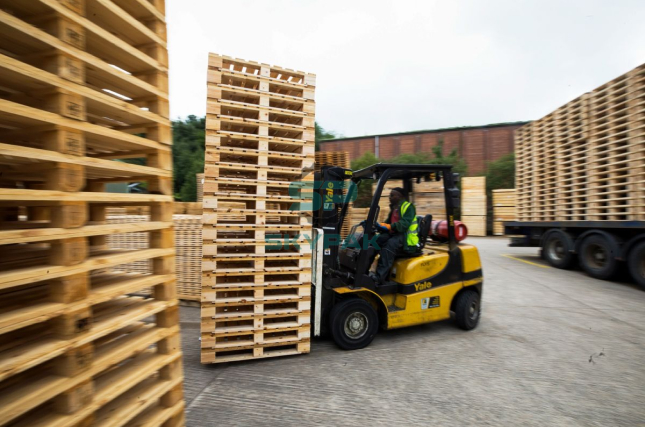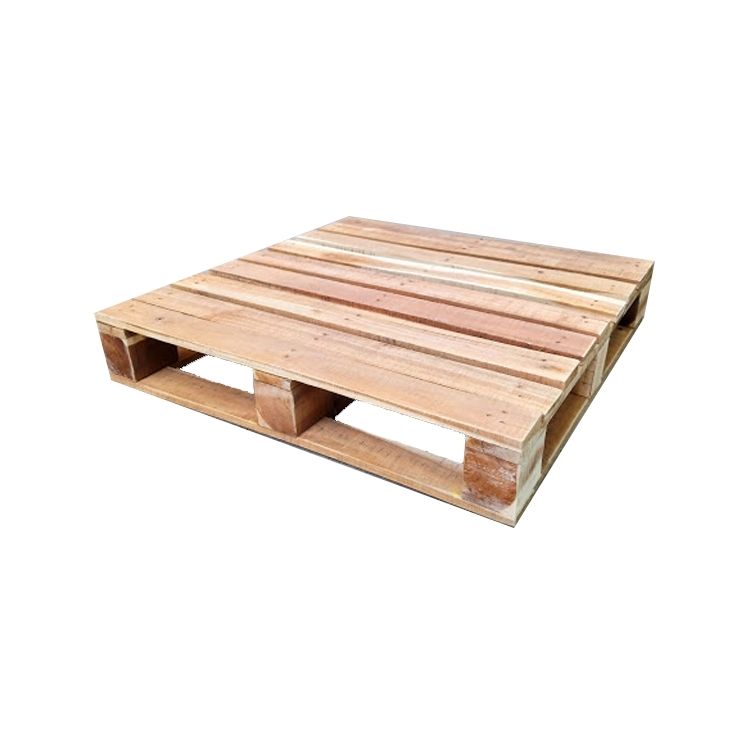Wood pallet is one of the most basic but important tools in the global supply chain. However, they can also be dangerous if you’re not careful. Wooden pallets used in supply chain operations can lead to injuries such as ankle sprains, broken toes, or worse. For this reason, people handling materials need to take some basic precautions to avoid injury.

Possible risks with wooden pallet

Disassembling a pallet involves disassembling different planks using knives, hammers, or even smashing. Each of these methods poses its hazards and great care should be taken to avoid injury when prying or cutting the boards.
Most pallets use specialized nails that are difficult to pull out. Pallet nails often have what are called “screw pins” that are designed to make pallets last longer but are much more difficult to remove without specialized equipment. These nails also make it particularly difficult to pry the board.
Damaged pallets may have protruding nails. Therefore, great care should be taken when handling pallets to avoid nail injuries.
In addition, many other injuries can occur in the legs, arms, and head if the pallet is accidentally dropped.
Tips for handling safely with wood pallets
- Use personal protective equipment when handling
When handling pallets, gloves as well as safety shoes should be used to avoid injury if the pallet falls on your feet. Hearing protection may be prudent if pallets are falling. Some facilities require gentle lowering when placing pallets on the floor to avoid damaging noise to the ears.
- Do not use damaged or underrated pallets
If pallets are damaged, no longer suitable for the job, or if you are unsure, they should be removed from the work site. Damaged or substandard pallets should be set aside for repair or recycling. If they are not used, damaged pallets can be a serious hazard, especially on high shelves with heavy loads.
- Clean up broken pieces of wooden pallets

Clean up broken wooden pallet
Damaged pallets can present a slip and trip hazard, as well as destabilize material handling equipment. Debris can also lead to wheel damage to material handling equipment.
- Limiting the height of stacked pallets
If workers stack or unload them manually, keep the maximum stack height no more than 1m to facilitate easier pallet handling. Ask the forklift operator to split the full stacks in half at the point of use.
- Be careful when stepping between pallets
When pallets are placed side by side in the storage rack, workers can step in between or on the pallets to access the products on the back of the pallet. Ankle or knee injury can occur if workers lose their balance when stepping between pallets.
- Using mechanized equipment
Forklifts and automatic pallet dispensers are powerful devices designed to handle the weight of pallets with ease and help avoid the risk of injury.
Handling pallets is a daily task in many workplaces. Whether you are running a business or you are an employee somewhere that frequently uses pallets, make sure to take the necessary safety precautions for pallets.




















